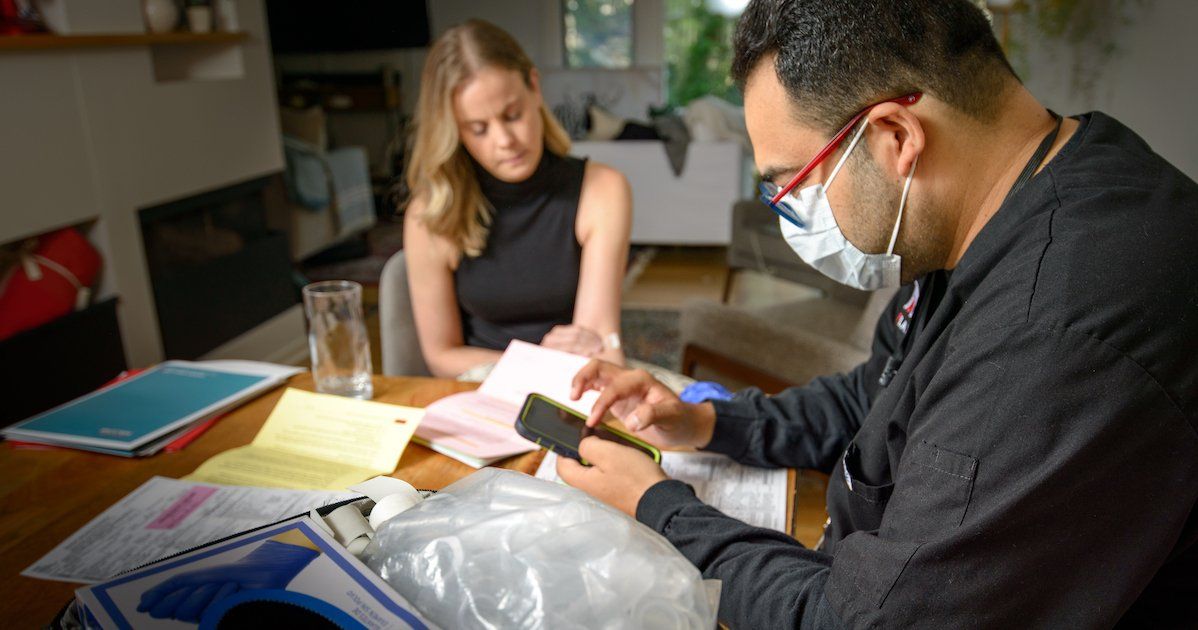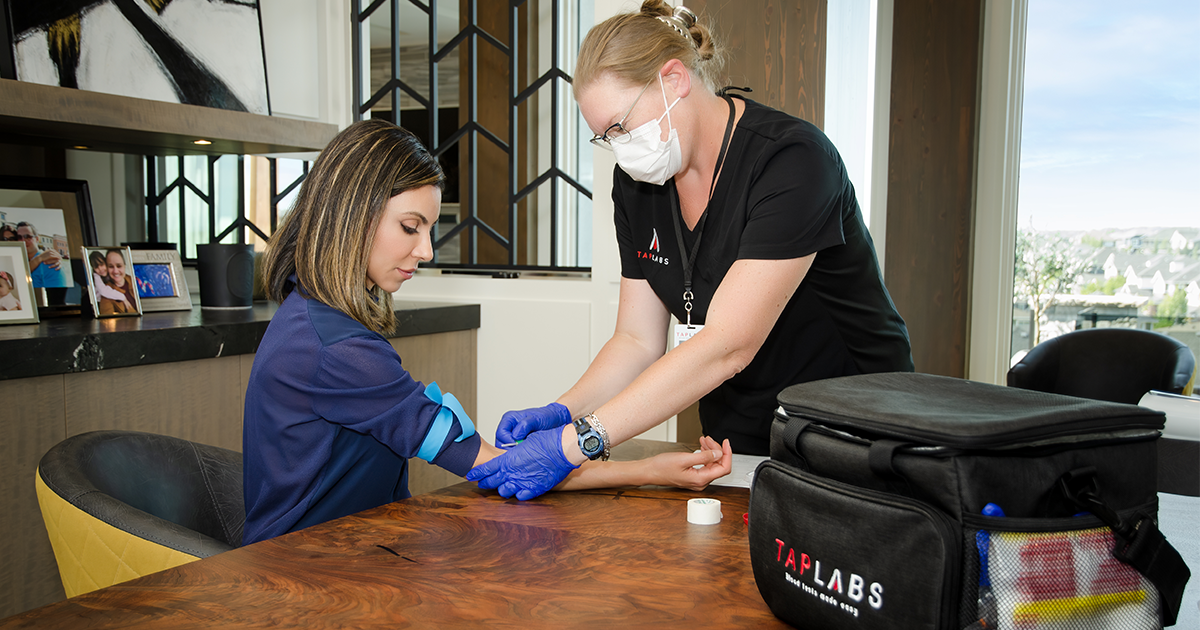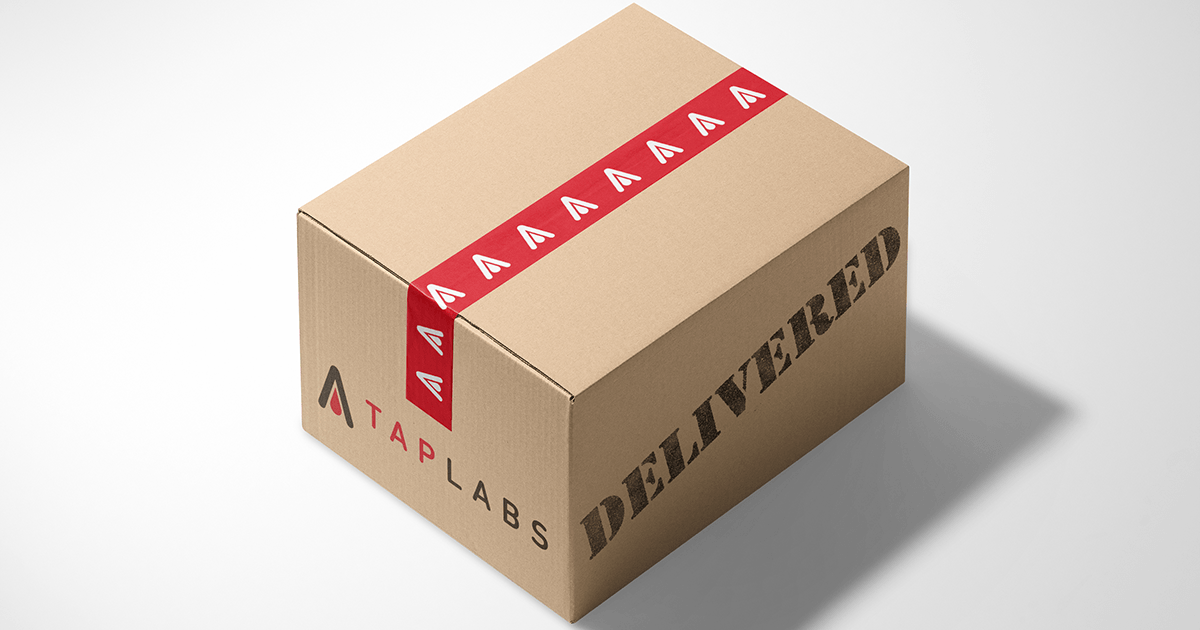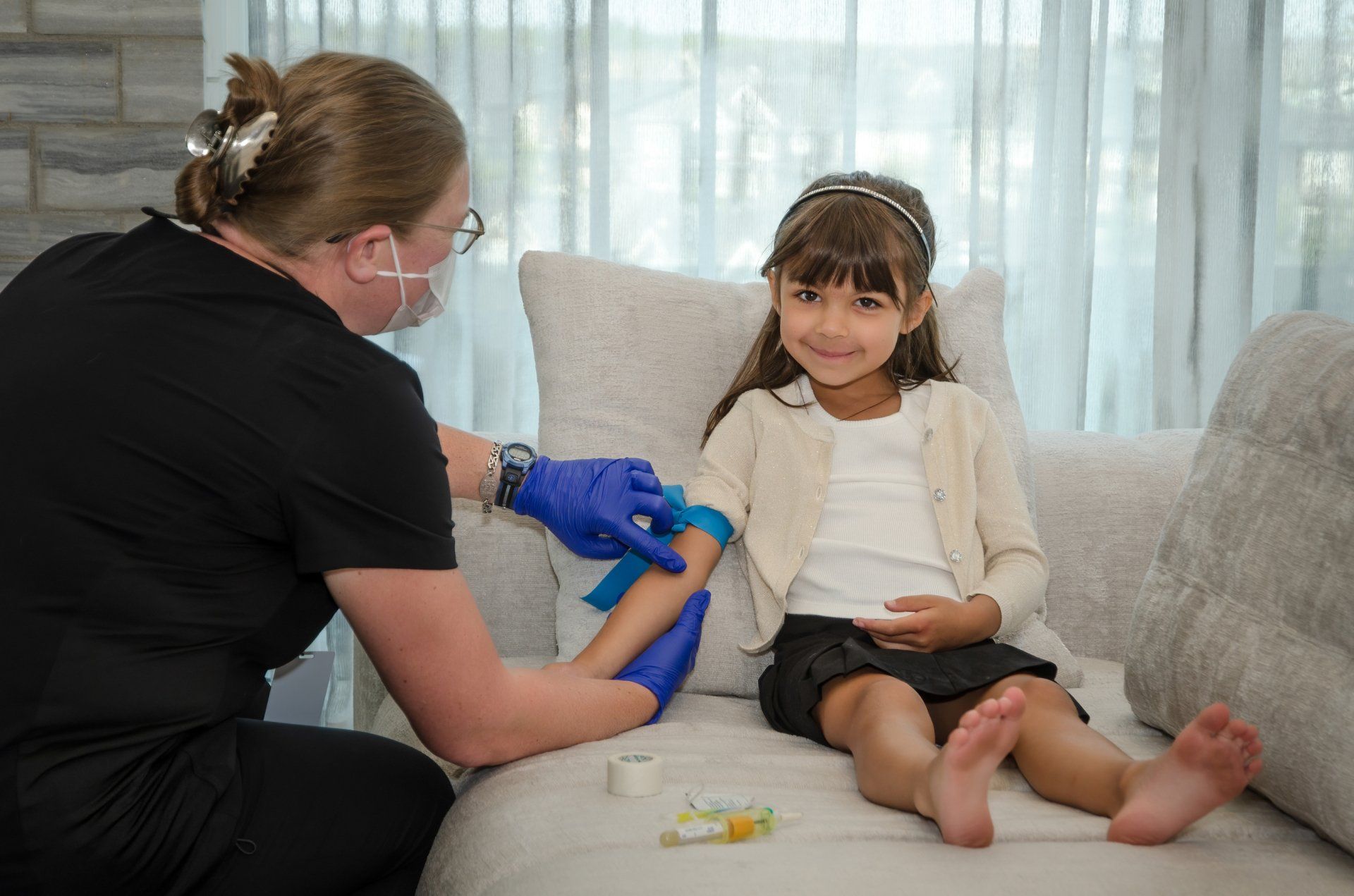
For many parents, just the sight of a bloodwork requisition for their child is cause for anxiety. There’s the pre-appointment pleading, the waiting room hysterics and then the pre needle tears.
No one likes to see their child in pain, even if it’s just for a second or two. But following through with bloodwork is essential to their health at any age.
If you’re the parent of a child who melts down at the mention of bloodwork, you’re not alone, and it does get easier. In a recent study, 68% of children aged 6-8 said they were afraid of needles. That number decreased to 51% in youth ages 13-17. In the meantime, there are tangible things you can do to make blood work easier for your child – and you.
Gaurav is a mobile health care technician with TapLabs and he’s done blood draws on numerous children over the years. He knows from experience that it’s possible to make blood draws easier for anxious kids. Here are his six tips for creating tear-free pokes:
Before the procedure
1. Hydrate
Ensure your child is hydrated before a blood work appointment. Proper hydration increases blood flow, which makes finding a vein quicker and easier. If the technician is struggling to find a vein, that can mean more time spent in the chair and a higher possibility of repeat pokes. Gaurav suggests about a litre of water within a few hours of the appointment, but any amount of water is better than none.
If a doctor has recommended fasting before bloodwork, that doesn’t necessarily mean your child should go without water, says Gaurav. “When they say fasting, some people think ‘Oh, I shouldn't give my child anything at all, not even water.’ That is totally wrong. When a doctor says ‘nothing by mouth,’ only then does it have to be a hundred percent fasting, meaning no water."
If hydration isn’t possible, you can ensure optimal blood flow by increasing your child’s body temperature. Swaddling them with a blanket or changing into warmer clothes might be the difference between a quick poke and a tearful meltdown.
2. Consider a numbing cream
For children who are extra sensitive to pain, parents should think about applying a topical numbing cream. These over-the-counter products decrease sensitivity to the area when applied before the puncture, making the poke a little less painful.
During the procedure
3. Keep your calm
No parent likes to see their child in pain, so feeling some anxiety about your child’s blood draw is understandable. Even young children can sense a parent’s anxiety, which may cause them to feel more afraid. By staying calm, you can help make the procedure easier for your kids. Pay attention to your body language, breathing and voice to reduce the noticeable indicators of your stress.
4. Communicate
Gaurav believes communication is critical for a positive experience, and that means communication between the parent and child, technician and child, and technician and parent. As the technician, Gaurav makes sure to use language that’s age-appropriate and a tone that’s calm and reassuring.
“I explain to them what I'm doing, how I'm doing it and what is going to happen,” he says. “And then encouragement, ‘You did an awesome job’, ‘I'm impressed,’ ‘You really did great…’ Just using positive words.”
Whenever possible, Gaurav tries to infuse a little fun and humour in the process to lighten the mood. For example, if a child who’s old enough to understand asks why he’s collecting the blood, Gaurav might reply with “‘Oh, don't you know? I'm a vampire.’”
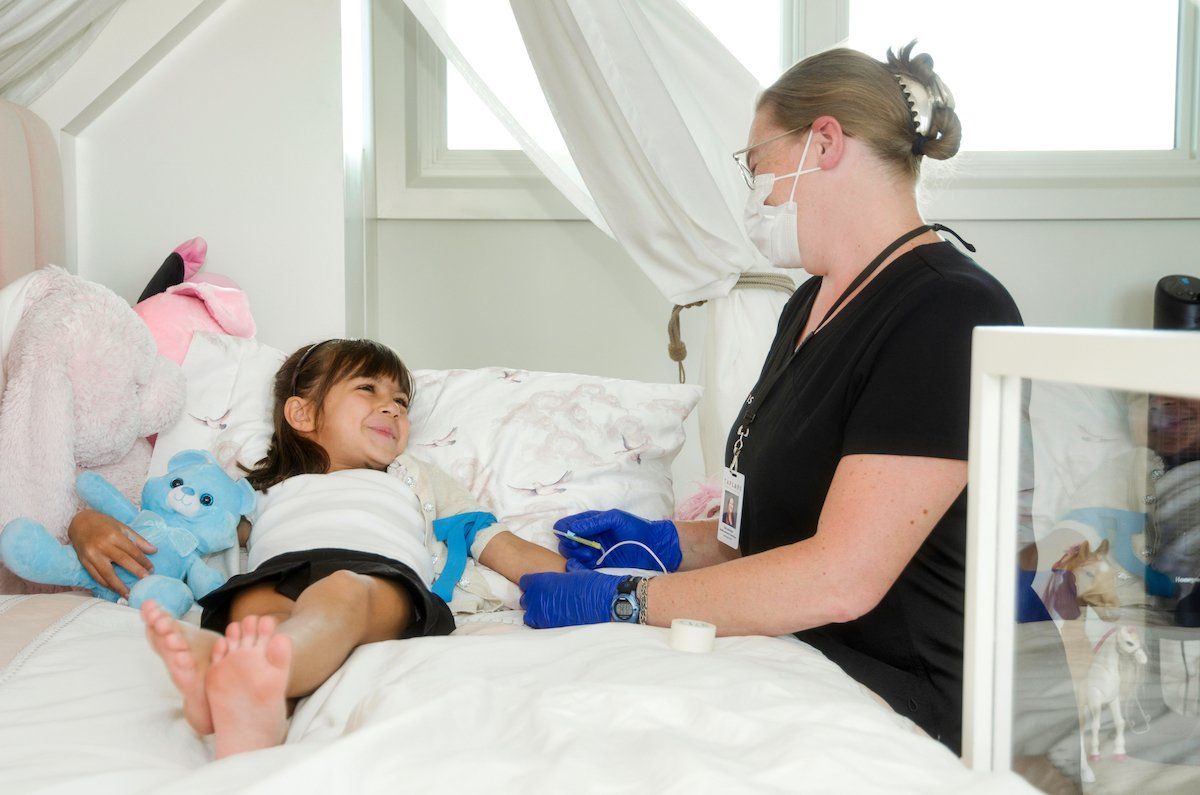
5. Provide distractions
Sometimes the anxiety and anticipation of the poke can be worse than the poke itself. Gaurav suggests planning ways to distract your child with the things they like. Getting them talking about cartoons, movies or games can be a very effective way to divert their attention.
Gaurav shares a story of a patient he visited with TabLabs.
When setting up the appointment, the mother warned that because her daughter was so resistant, they may not be able to draw her blood at all. Unsure of what to expect, but confident in his strategies, Gaurav and the TapLabs mobile lab travelled to their Calgary home anyway.
The patient was a young girl, age six or seven, and when Gaurav arrived she was crying and screaming in anticipation of the poke. He knew he couldn’t draw her blood like this, so he took some extra time to redirect her attention.
“At that time Avengers had come out so I just started talking about her favourite character.” Next, he asked about the aquarium across the room. As she started talking about her fish, she relaxed enough for Gaurav to perform the blood draw. “I inserted the needle and she didn’t even feel it… and by the time our conversation was over, we were done. Even the parents were shocked.”
6. Ensure a positive environment by bringing the lab to you
Waiting in a busy lab lit with white fluorescent lights and filled with strangers in white coats can be unnerving, even for adults. For children, that feeling is understandably amplified, and in Gaurav’s experience, young kids tend to cry even before the procedure.
People are most comfortable in their own homes, so it makes sense that both parents and children find blood work less stressful in a familiar setting.
That’s why TabLabs offers a mobile lab — basically Uber for lab services. When you make an appointment on the easy-to-use app, a professional and caring lab technician — like Gaurav — travels right to your home where your child feels safest. And, in contrast to a busy lab, your child’s care is completely personalized with TapLabs. Technicians can take the time to ensure the experience is as positive as possible. That way, the next time your doctor hands you that requisition, it’s a little less stressful for you and your little one.
Want to learn more about how we deliver tear-free pokes?
Ready to schedule your child’s bloodwork?




